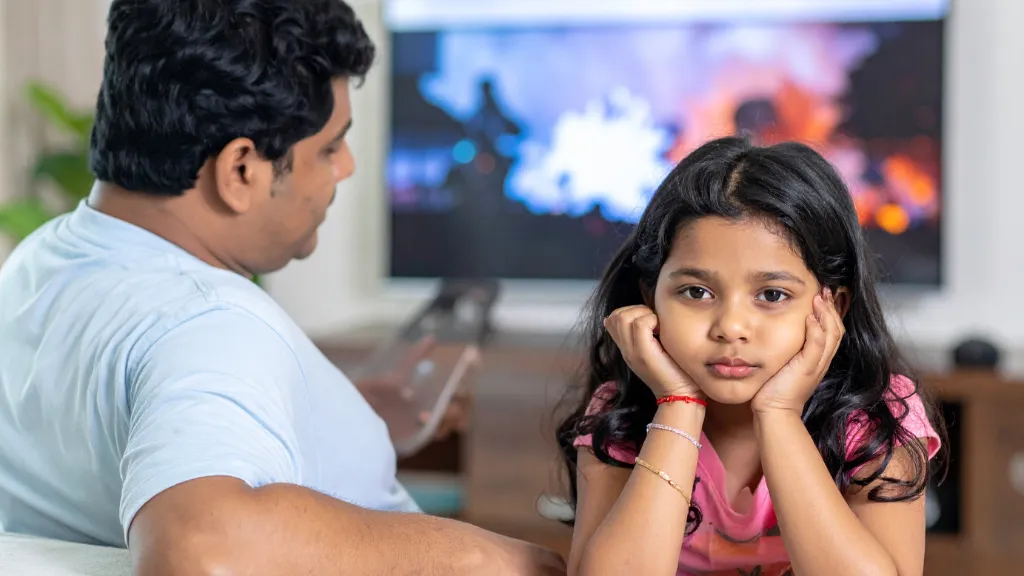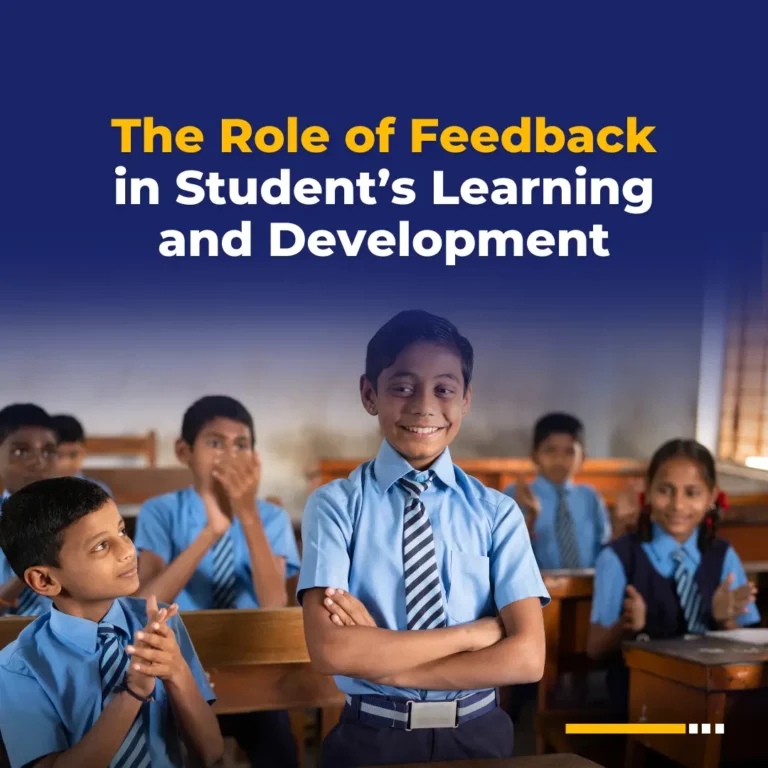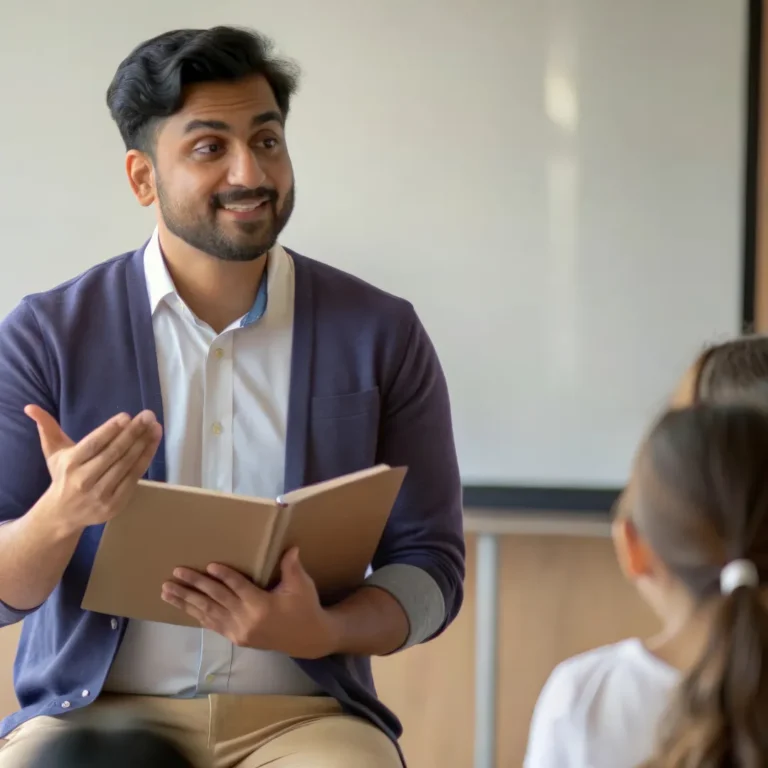Media, War and Young Minds: Guiding Children Through Uncertainty
- Parents, Teachers
- May 14, 2025
- Saloni Sacheti

It was a usual evening at home—laughter echoed as dinner was being prepared, conversations flowed, and my 10-year-old niece sat curled up on the couch, scrolling through videos on tablet. Suddenly, the atmosphere shifted. The news channel in the background flashed images of bombings, covering updates on the War between India and Pakistan.
Her little fingers stopped scrolling. Her eyes locked onto the screen.
“What’s happening?” she asked, her voice barely above a whisper. Before any of us could respond, she gripped her tablet and searched for more videos—more images, more devastation. Minutes later, she was in tears, refusing to step outside to play, convinced the world was unsafe.
That night, I realized something important: We cannot shield children from the realities of conflict, but we can help them understand it.
Helping Children Understand Conflict Through Education
Children today grow up in a world where conflict and war—like the War between India and Pakistan—are not just distant realities but frequent subjects in media, discussions, and even classroom conversations. While adults process these events through historical and political lenses, children often internalize them differently, sometimes leading to confusion, anxiety, or detachment.
Though Panchpadi was originally designed as an educational tool for structured learning, its five-step approach can be adapted to help children process difficult topics like war, diplomacy, and conflict resolution.
- Observation – Encouraging children to observe and ask questions about conflicts they see in the media or hear in discussions.
- Discussion – Creating a safe space where children can express their thoughts and concerns about war and its impact.
- Analysis – Helping them differentiate between facts and opinions, ensuring they understand the historical and political context.
- Resolution – Introducing them to peaceful conflict resolution, diplomacy, and the importance of dialogue.
- Reflection – Encouraging children to form their own perspectives based on facts rather than fear or misinformation.
Balancing Perspectives on War and the Armed Forces
When discussing the War between India and Pakistan, it is crucial to ensure that children do not develop misconceptions about the role of the armed forces. While the military plays a vital role in national security, older children may ask difficult questions about war, and responses should be precise, controlled, and fact-based—helping them form their own opinions instead of absorbing fear or biased narratives.
Building Empathy and Resilience Through Conversation
Children who struggle to understand events like war may also struggle with empathy. Misinterpretations can lead to fear or apathy, both of which hinder emotional growth. On the other hand, open discussions about conflict can promote life skills and resilience, helping children develop a balanced worldview.
As educators, parents, and mentors, it’s our responsibility to guide children through these conversations with sensitivity and clarity. By using structured approaches like Panchpadi, we can ensure that children grow up informed, empathetic, and capable of navigating complex global issues with confidence.
Share on:
Written by:





